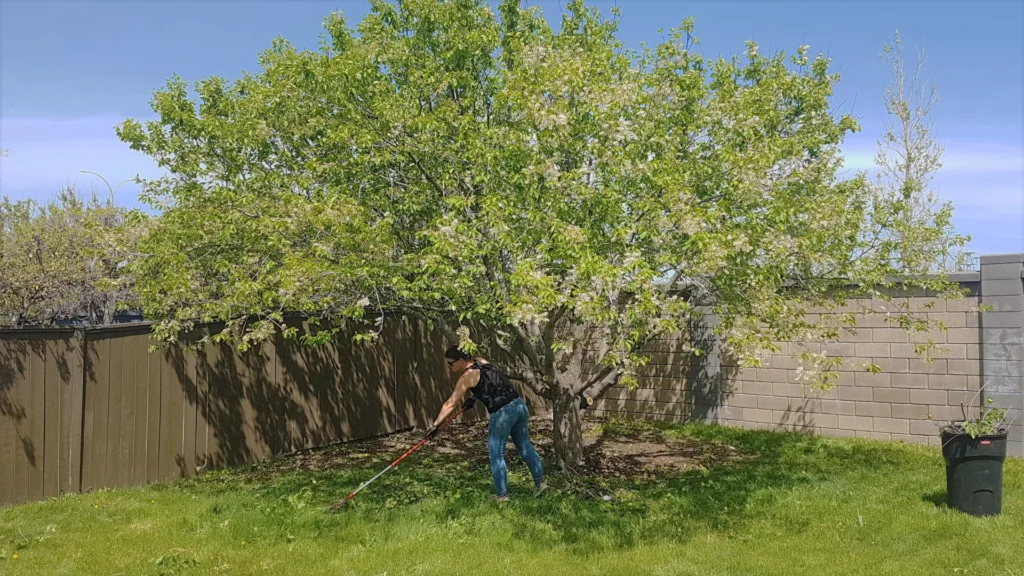Key Techniques for Tree Pruning: Enhancing Health, Appearance, and Safety

Tree pruning is a crucial aspect of tree care that involves selectively removing branches or roots to enhance the tree’s health, appearance, and safety. Pruning can entail deadwooding, crown thinning, shaping, or reducing the tree’s size to mitigate risks associated with falling branches or limbs. Pruning is essential for tree care as it can prevent the spread of diseases and pests throughout the tree, improve its overall health, and enhance its aesthetic appeal. Moreover, pruning can reduce the risk of falling branches, which can pose a safety hazard to people and property. However, it’s crucial to hire a professional arborist who has the proper training and equipment to safely and effectively prune the tree. Improper pruning can damage the tree, lead to its death, or cause other hazards. Therefore, it’s essential to ensure that the arborist has the necessary qualifications, such as certification by the International Society of Arboriculture (ISA) or the Tree Care Industry Association (TCIA), before engaging their services.
Tree pruning is a vital part of tree care that involves selectively removing specific parts of the tree to promote healthy growth, prevent diseases, enhance the tree’s appearance, and ensure safety.
Deadwooding is the process of removing dead or decaying branches from a tree. This is crucial for the tree’s health as it helps prevent the spread of diseases and pests throughout the tree. Crown thinning involves the removal of small branches from the outer canopy to improve air circulation and light penetration to the inner canopy. This helps the tree grow healthier and produce more foliage.
Shaping is another critical pruning technique that helps improve a tree’s appearance. A professional arborist can shape the tree according to your preferences, giving it a neat and tidy appearance. Reducing a tree’s size is necessary to prevent the tree from interfering with power lines or buildings. This also helps reduce the risk of falling branches, which can be dangerous.
It’s important to note that pruning should only be done by a qualified arborist with proper training and equipment. Improper pruning can damage the tree, leading to its death or causing other hazards. So, always make sure to hire a certified arborist from the ISA or TCIA to ensure the safety and longevity of your tree. By doing so, you can be confident that your tree is receiving the best care possible, promoting healthy growth and beauty while keeping everyone safe.
Gallery
